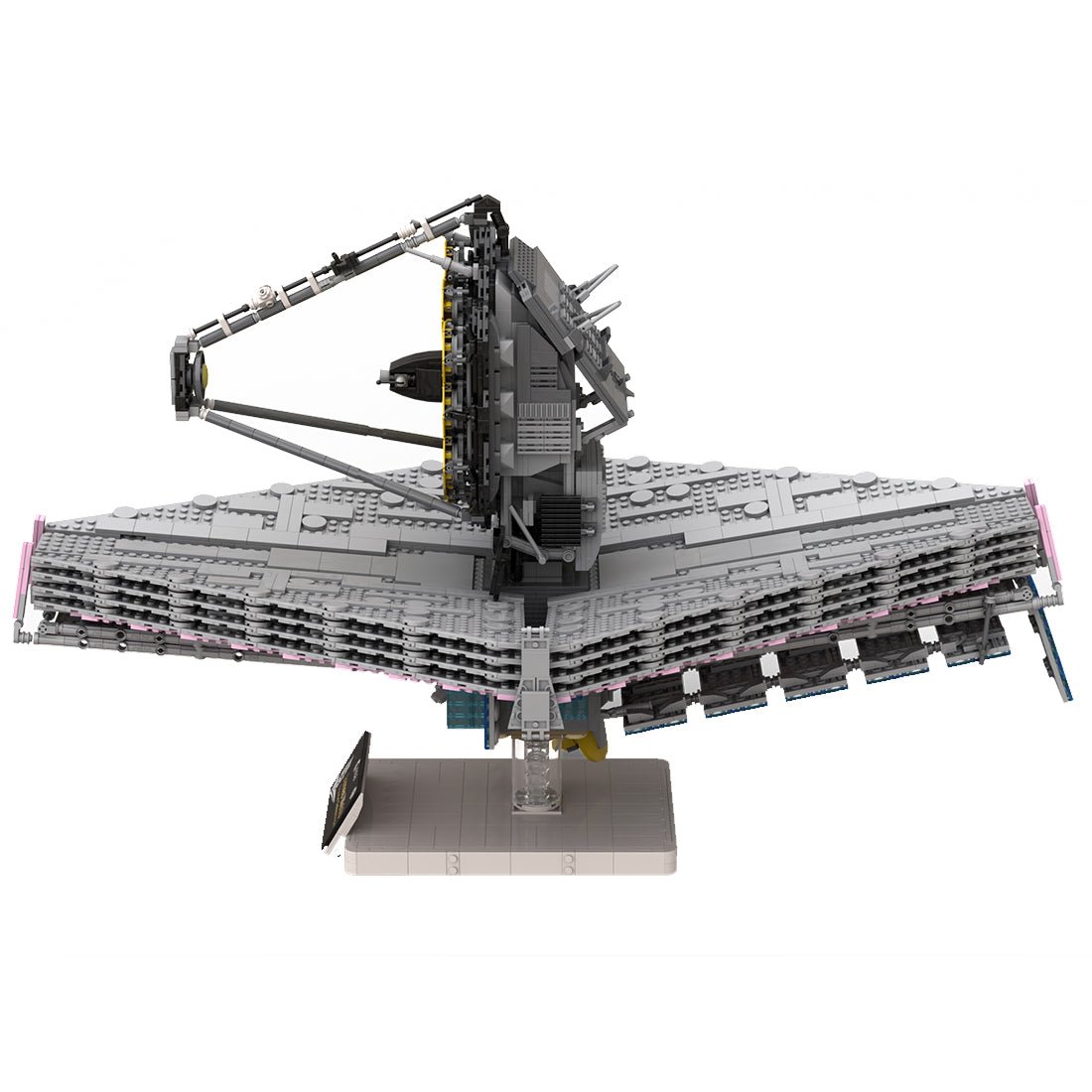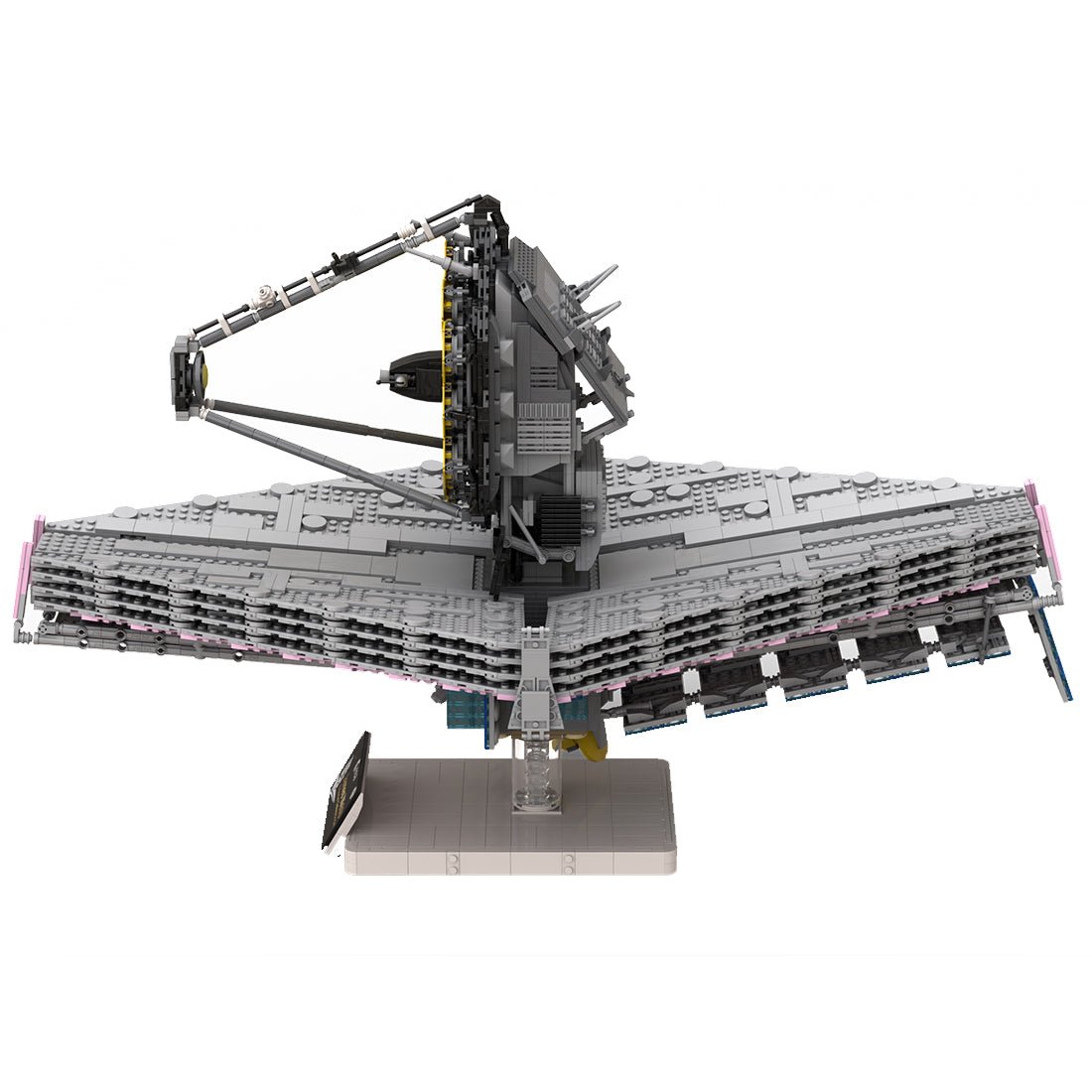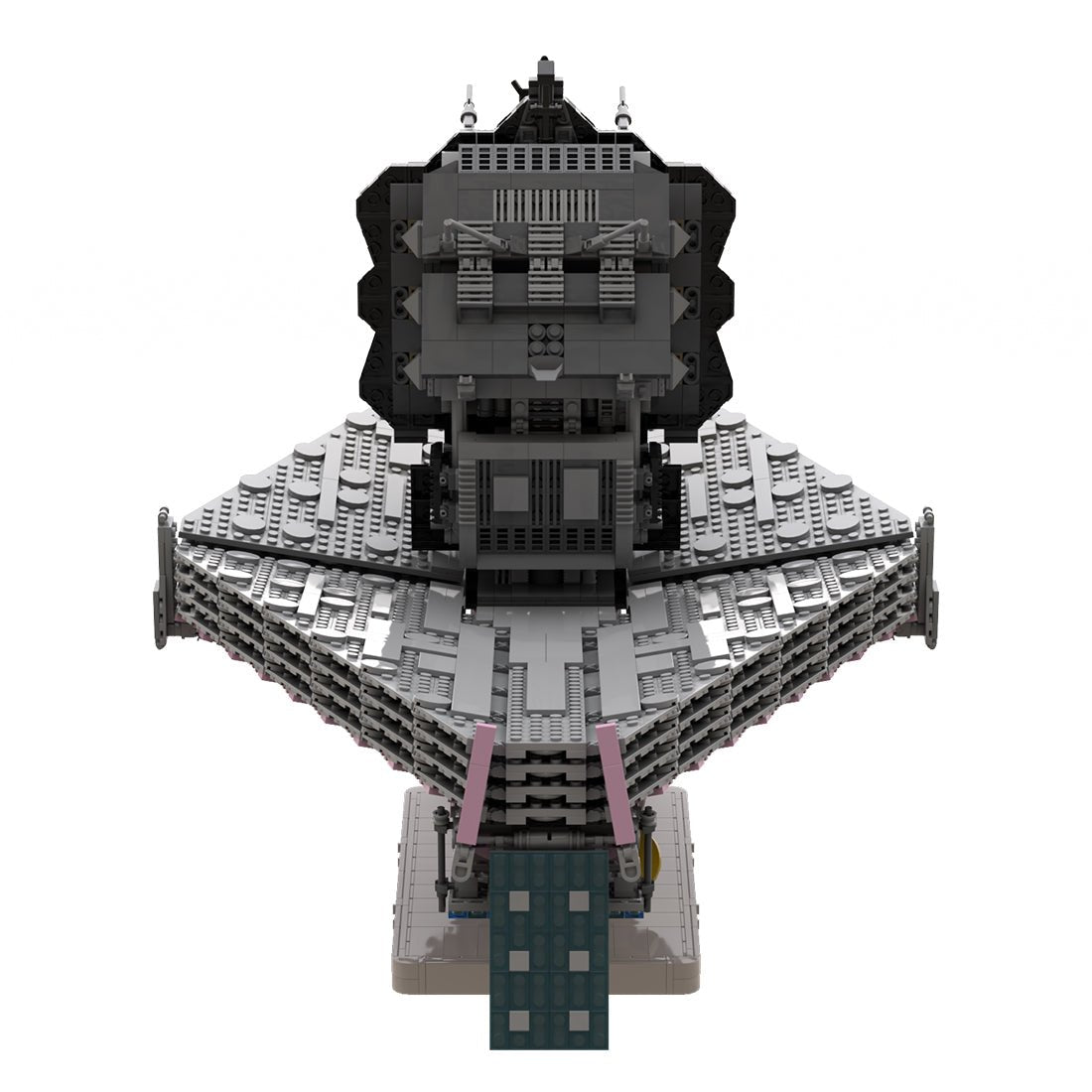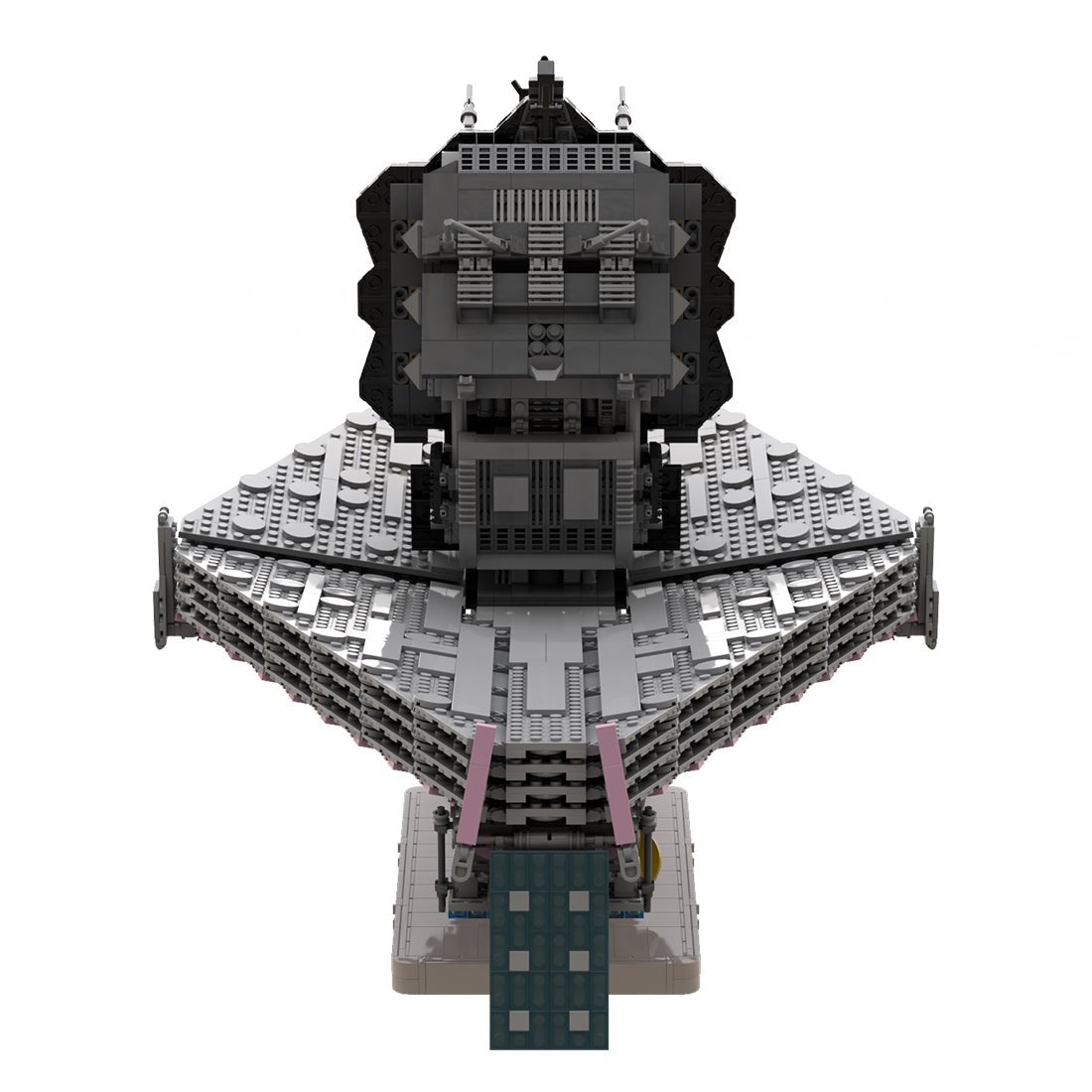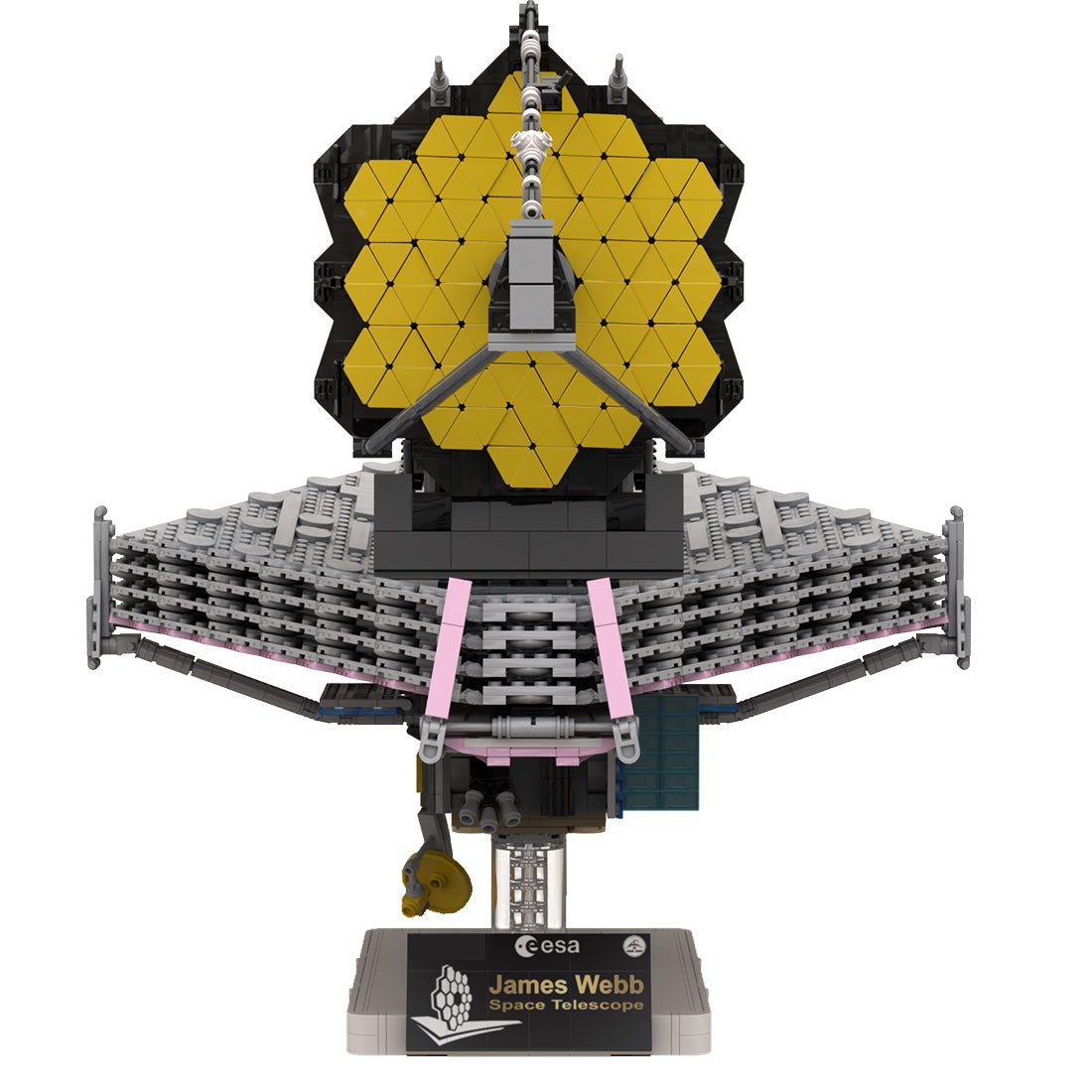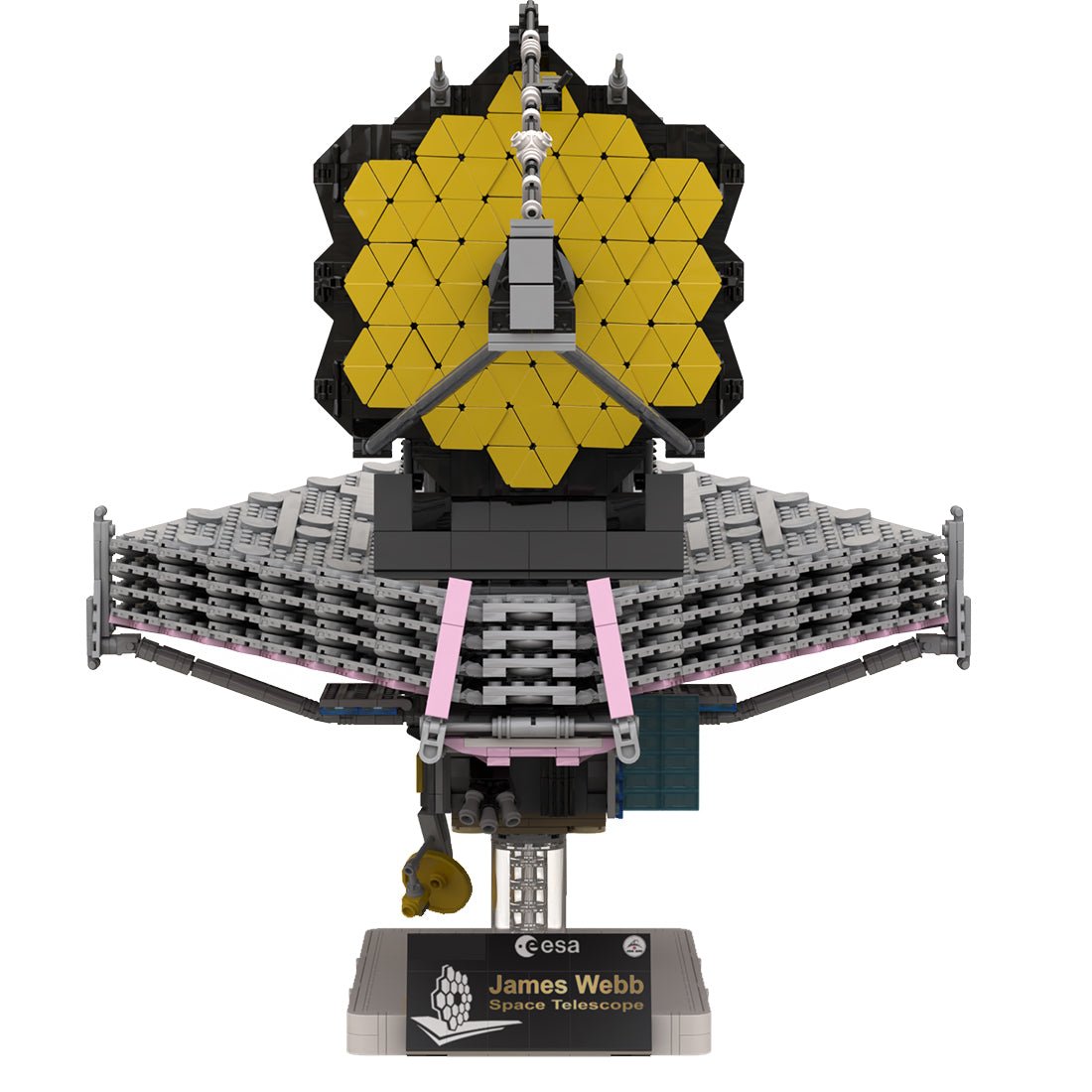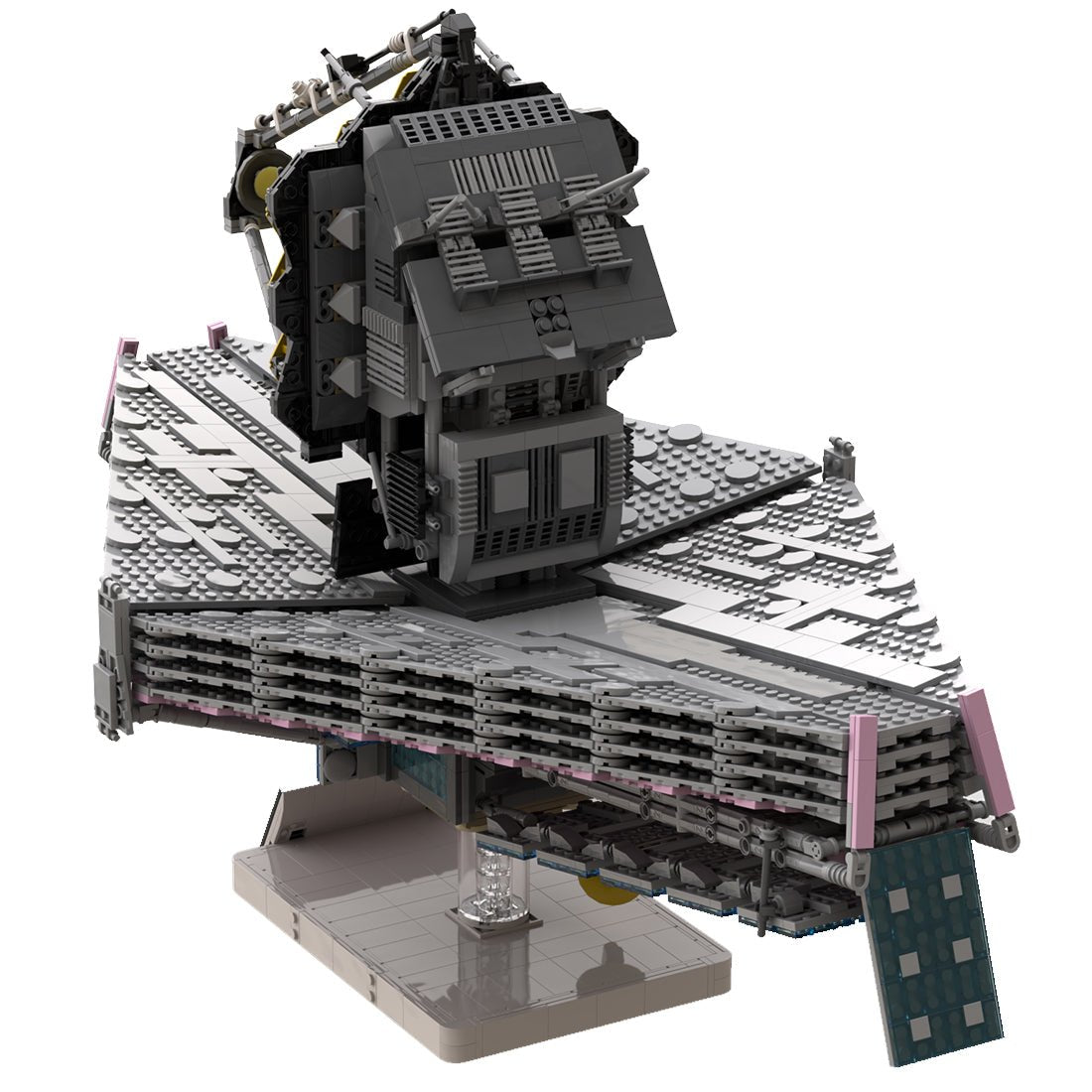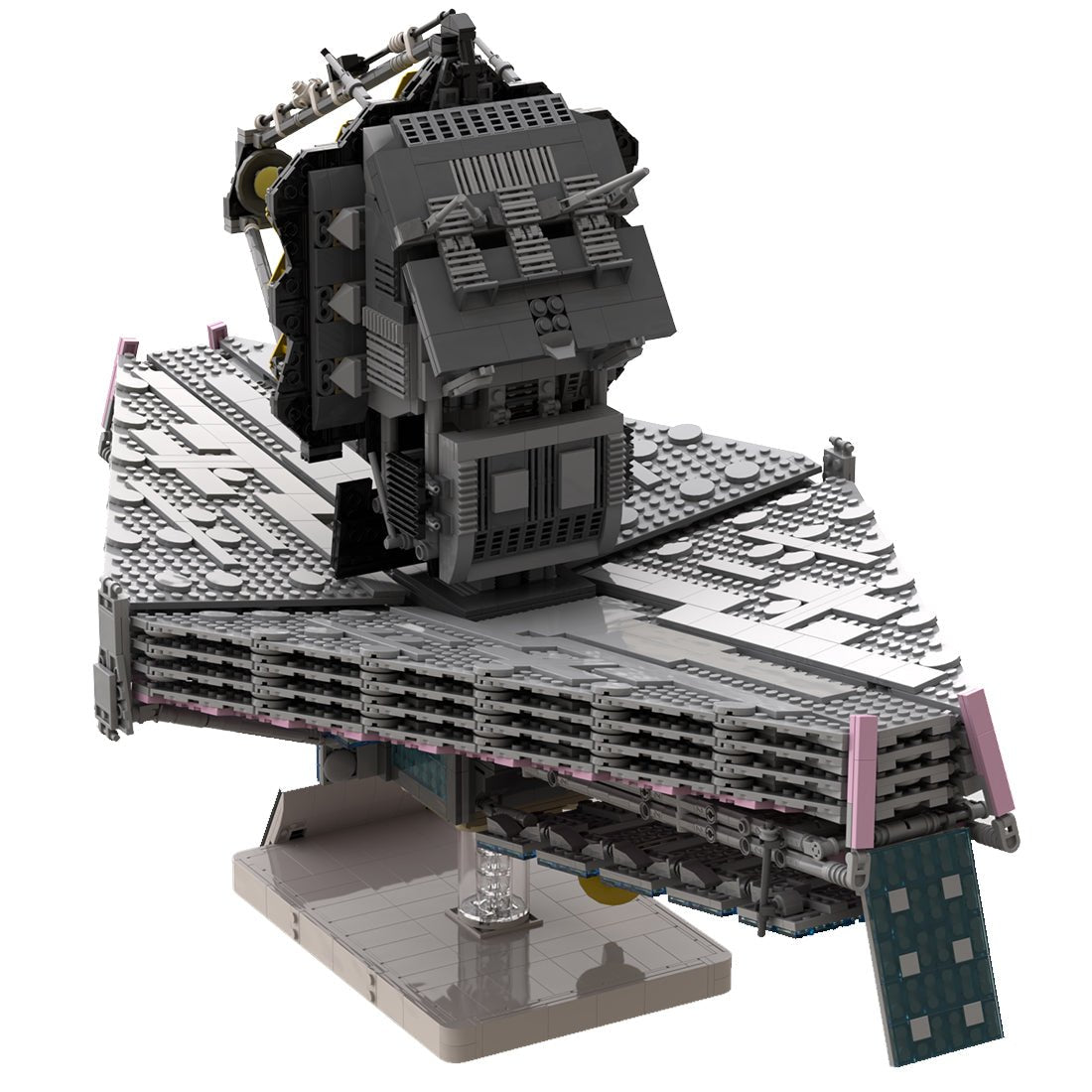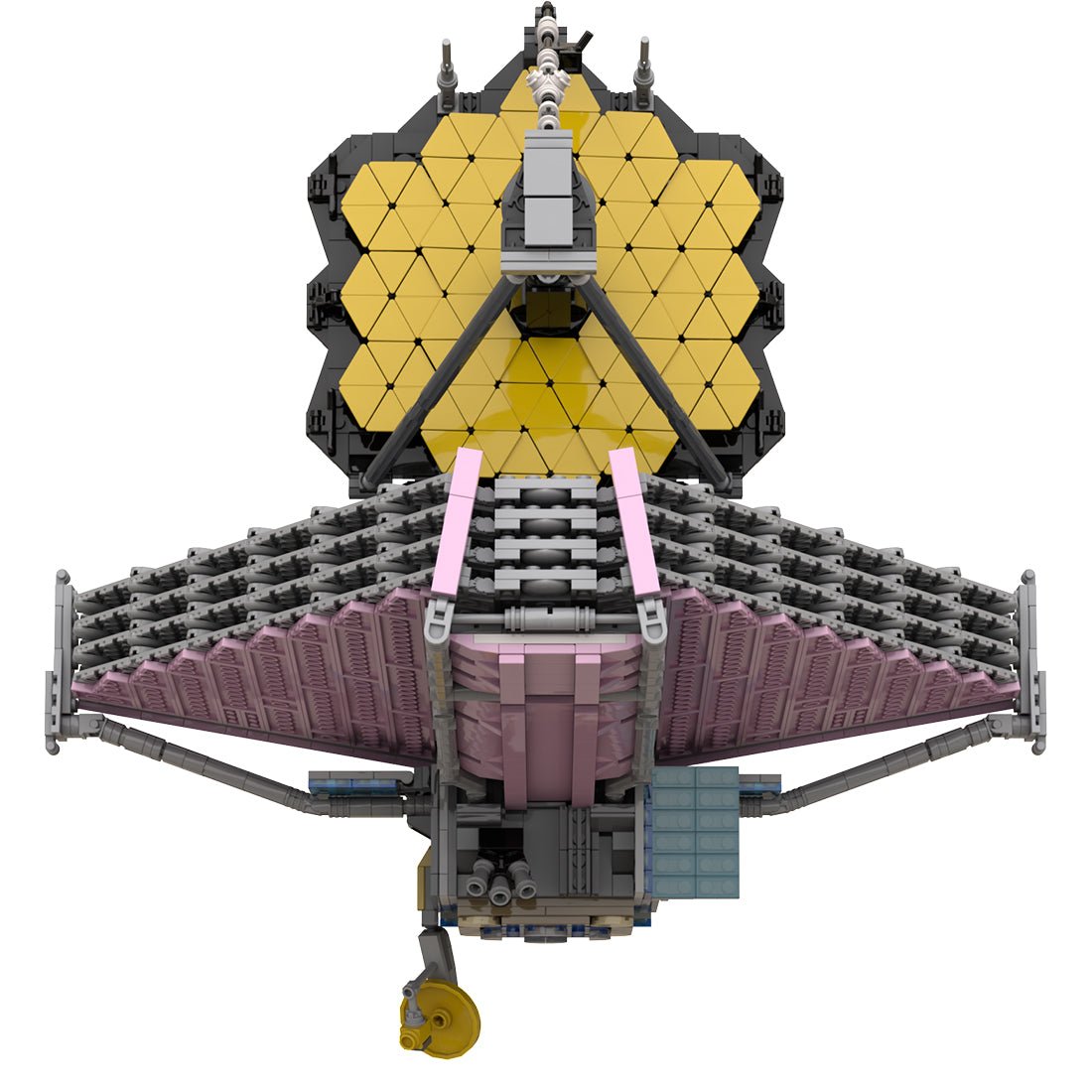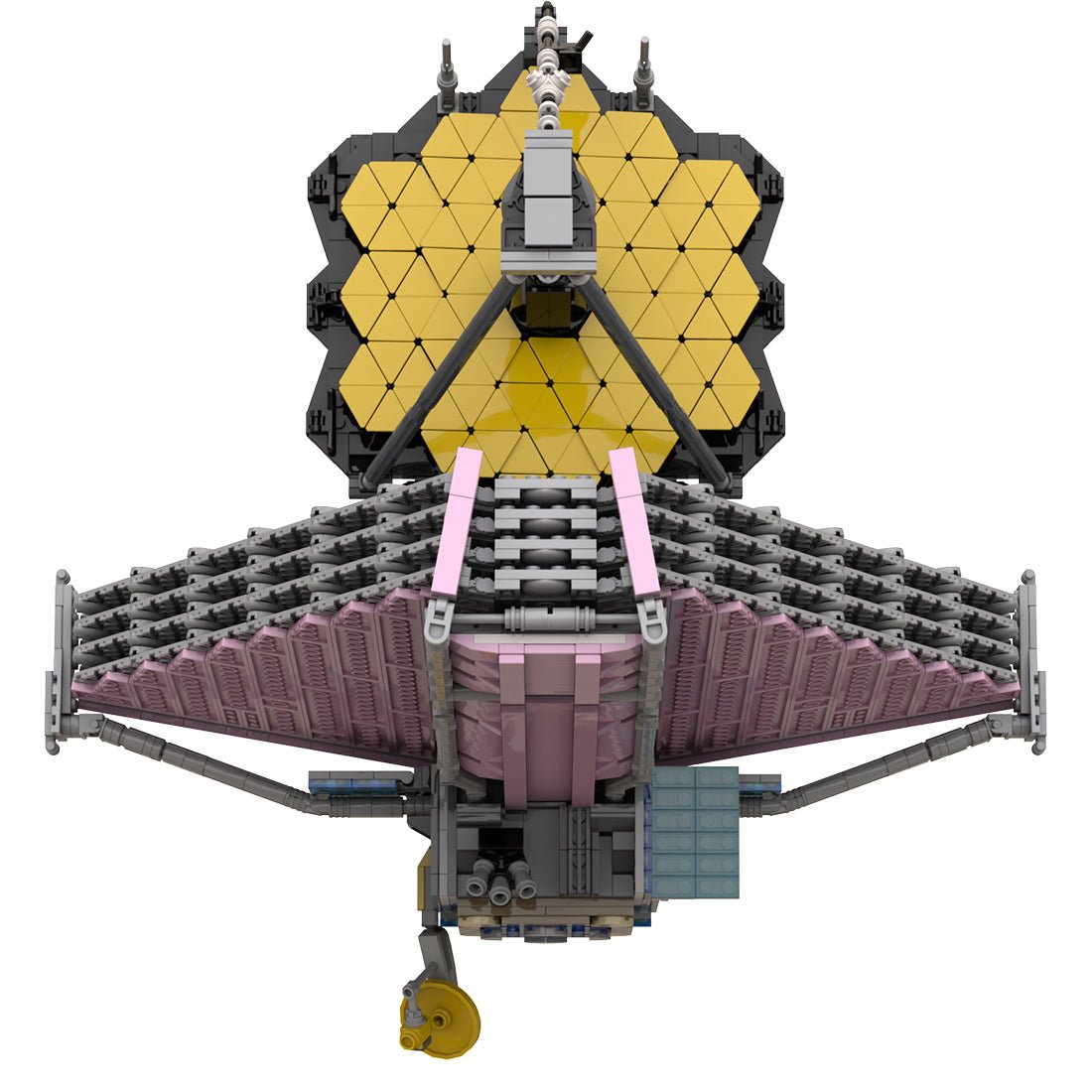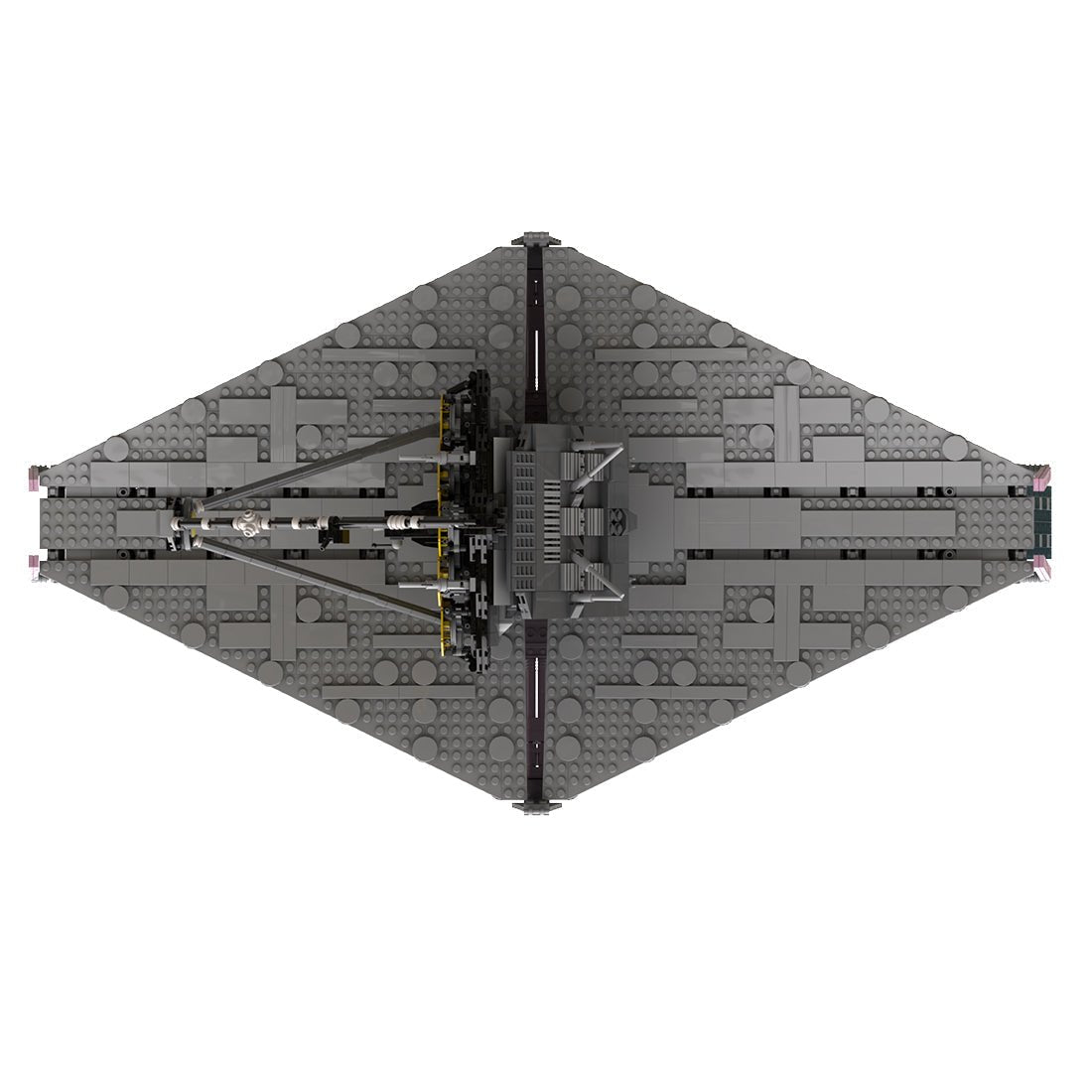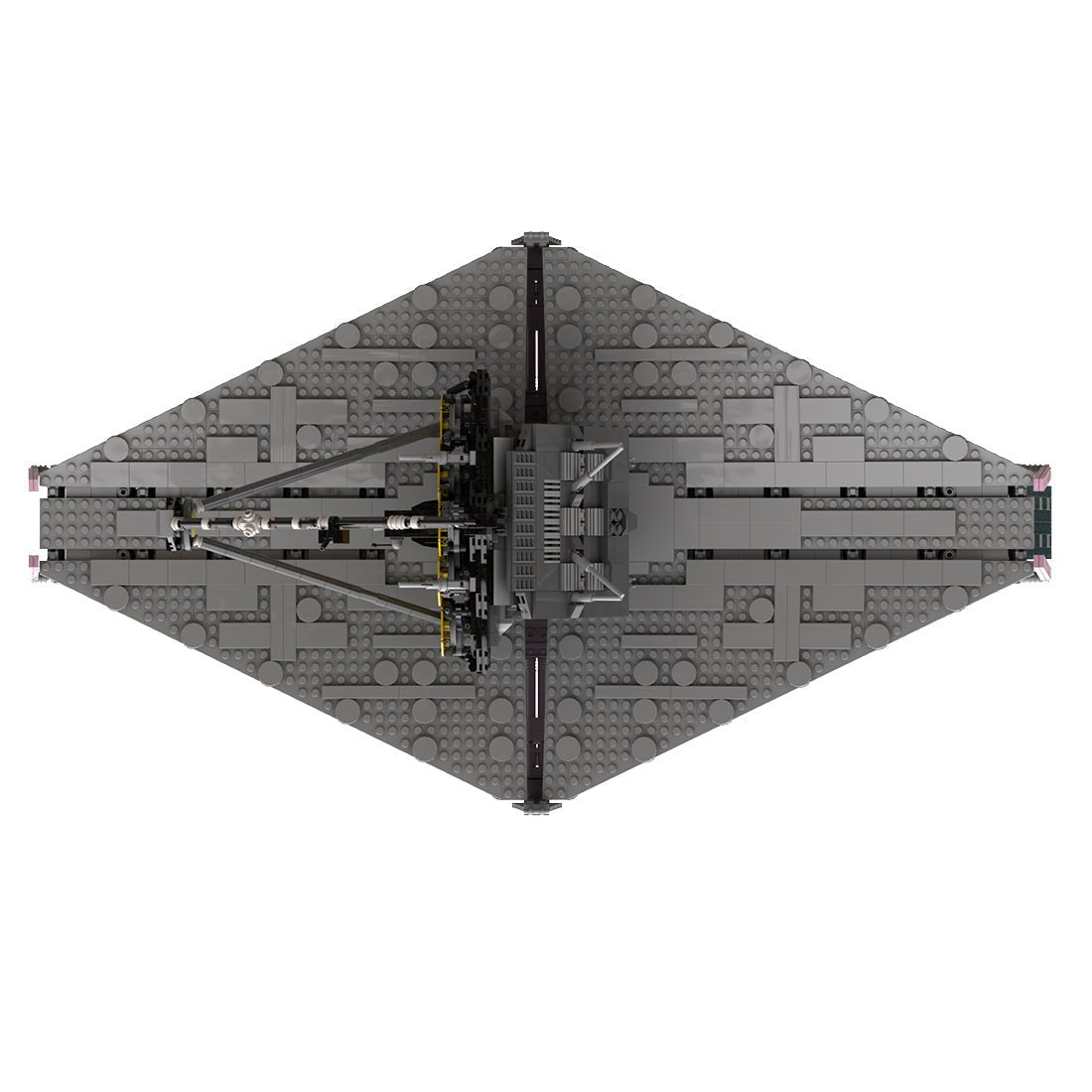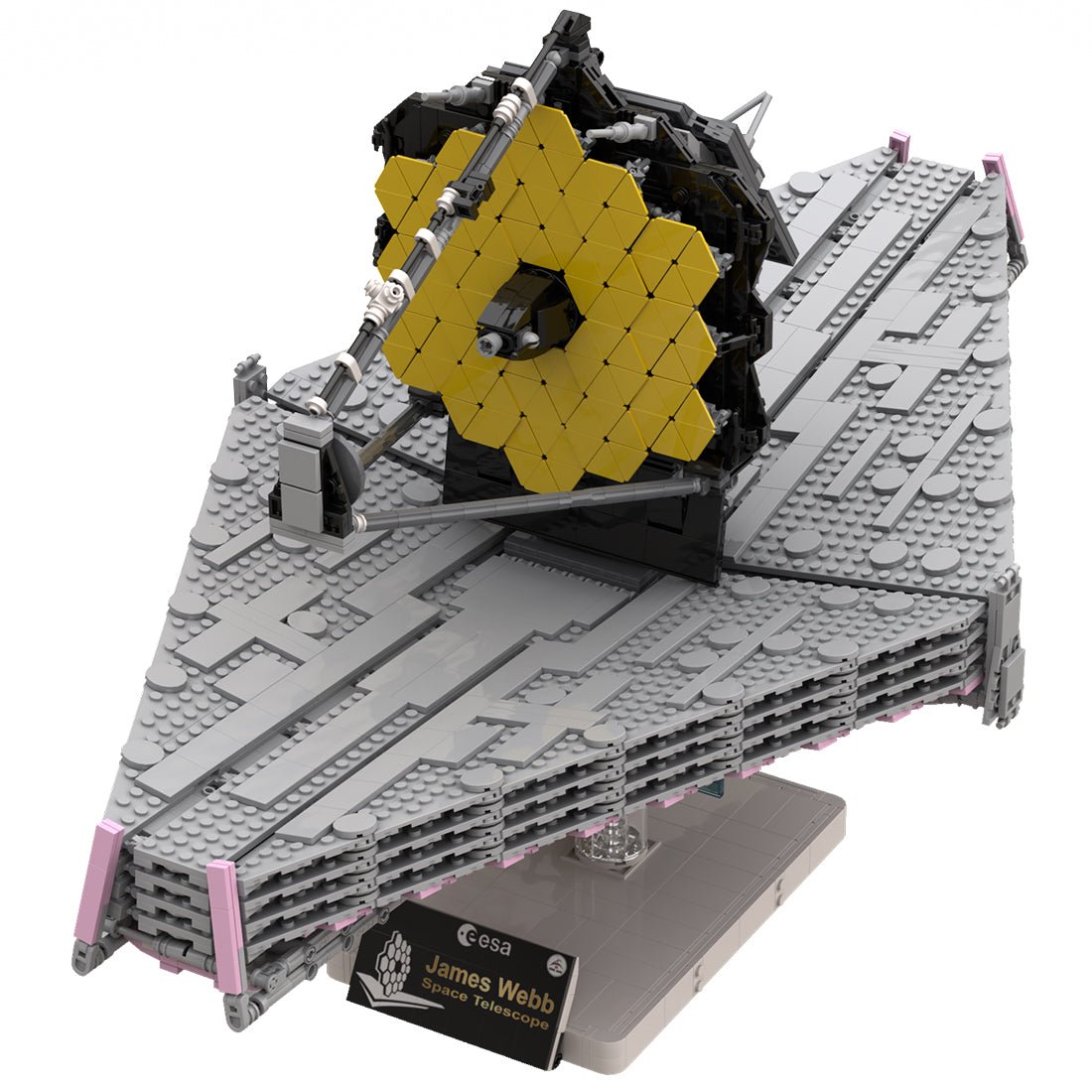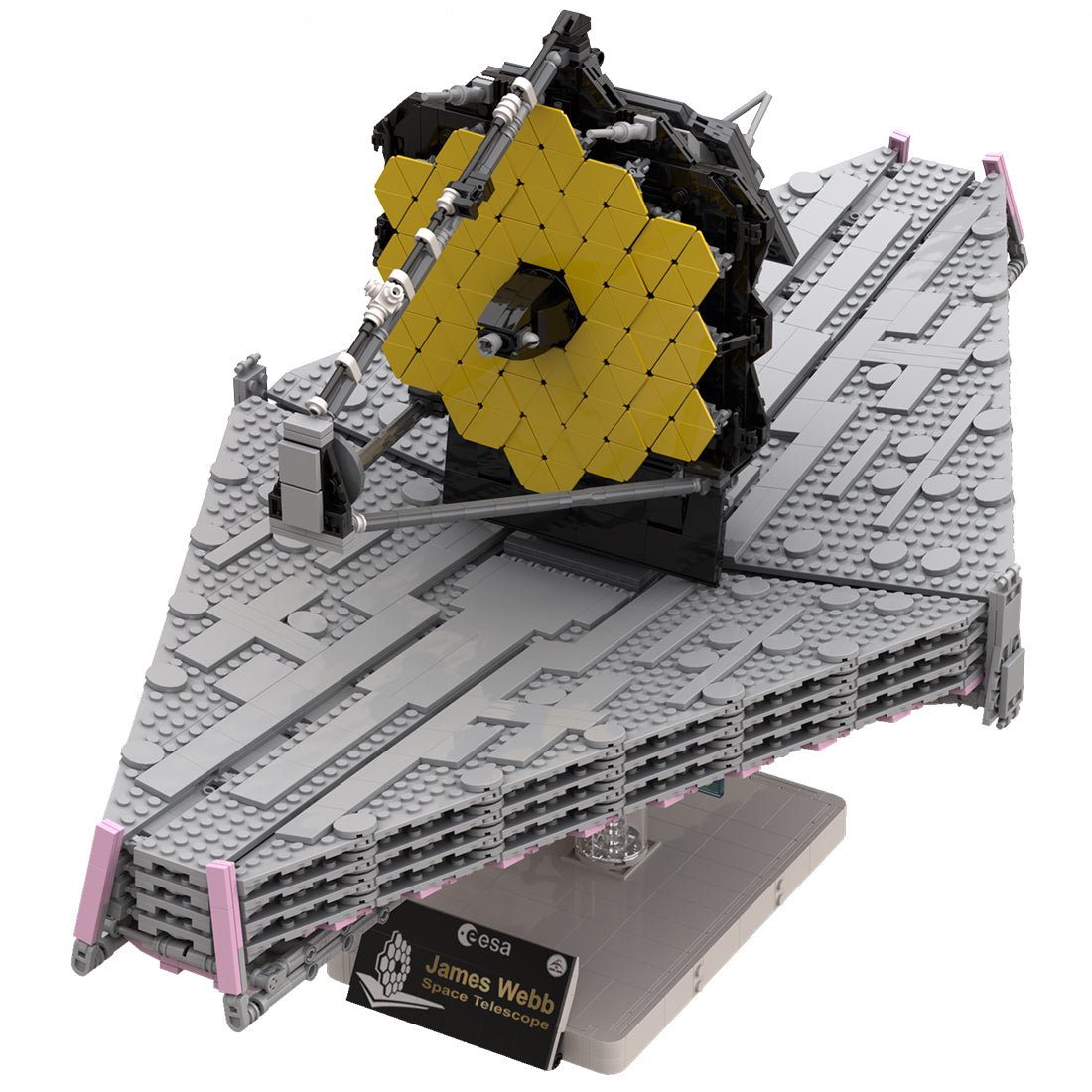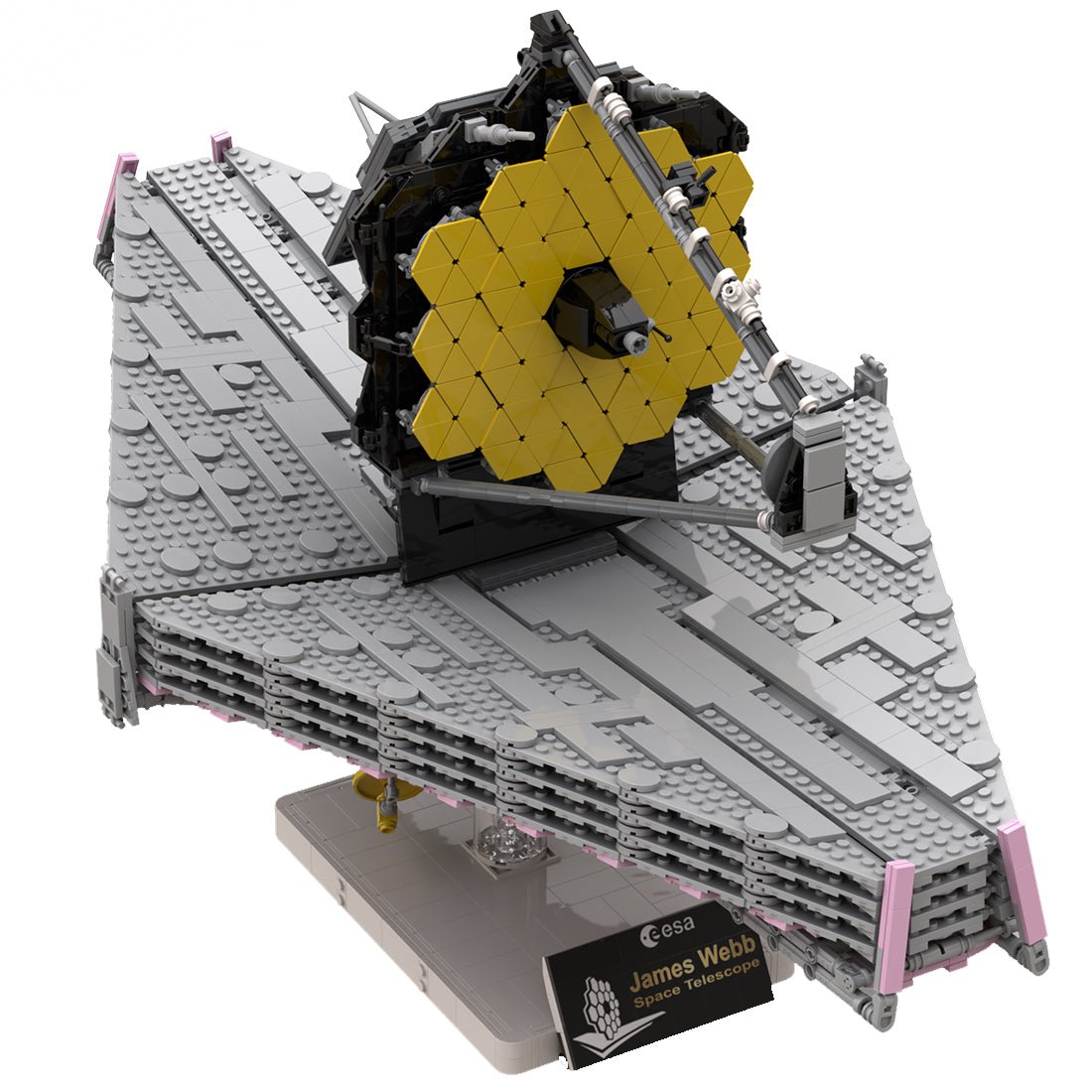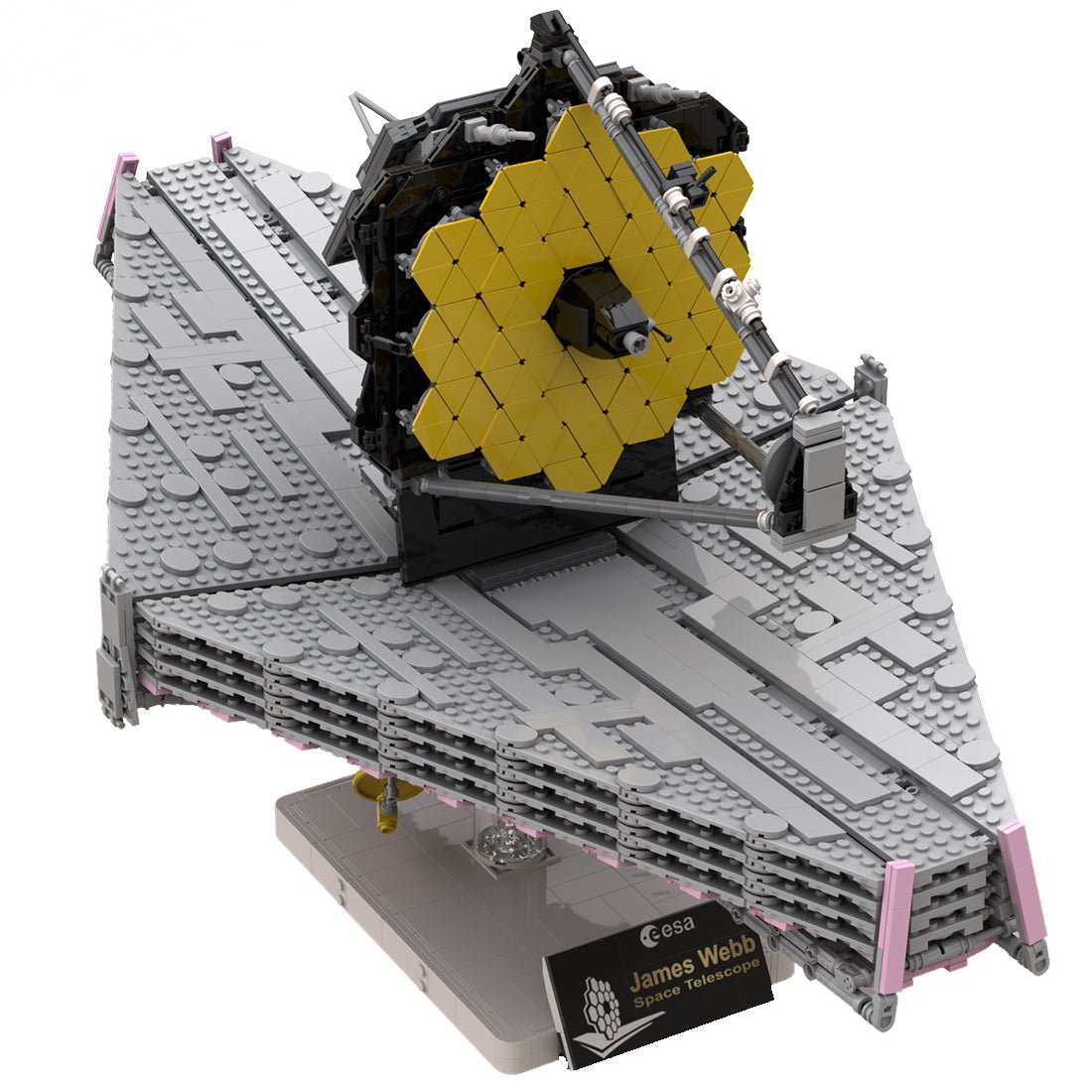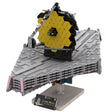MOC-77613 1/25 James Webb Space Telescope Clamping Blocks
MOC-77613 1/25 James Webb Space Telescope Clamping Blocks is backordered and will ship as soon as it is back in stock.
Couldn't load pickup availability
Logistikkosten
Logistikkosten
Derzeit können wir Zollabfertigungsdienste in den meisten EU-Ländern anbieten. Die Länder sind wie folgt: Frankreich, Deutschland, Italien, Niederlande, Belgien, Irland, Vereinigtes Königreich, Dänemark, Griechenland, Spanien, Portugal, Finnland, Schweden, Österreich, Polen, Tschechische Republik, Ungarn, Slowakei, Zypern, Rumänien, Bulgarien.
Kostenloser Versand innerhalb Deutschlands und Österreichs (inkl. Zollabfertigung).
Die Schweiz (unter 5 kg) kann auch Zollabfertigungsdienste anbieten. Die Versandkosten in die Schweiz und in andere Länder entnehmen Sie bitte der Tabelle unten. Schweiz
| 0-5kg | €20.00 |
| 5-6kg | €34.00 |
| 6-8kg | €42.00 |
| 8-10kg | €52.00 |
| 10-12kg | €62.00 |
| 12-14kg | €70.00 |
| 14-16kg | €75.00 |
| 16-18 kg | €85.00 |
| 18-20 kg | €90.00 |
| 20-22 kg | €90.00 |
| 22-24kg | €90.00 |
| 24-30kg | €100.00 |
| 30kg+ | €150.00 |
United States
| United States | €30.00 |
Canada
| Canada | €30.00 |
Norwegen
| Norwegen | €15.00 |
Niederlande
| Niederlande | €10.00 |
Luxembourg
| Luxembourg | €10.00 |
- The MOC-77613 James Webb Space Telescope (JWST) 1:25 scale is designed and licensed by MOC DESIGN and is compatible with 92176. Dimensions: 53.1 x 40.3 x 48.5 cm, 20.9 x 15.9 x 19.1 inches.
- The James Webb Space Telescope (JWST) is a space telescope designed primarily to perform infrared astronomy. As the largest optical telescope in space, its high infrared resolution and sensitivity allows it to see objects too early, far away or too faint for the Hubble Space Telescope. This is intended to enable a wide range of investigations in the fields of astronomy and cosmology, such as the observation of the first stars and the formation of the first galaxies as well as the detailed atmospheric characterization of potentially habitable exoplanets.





